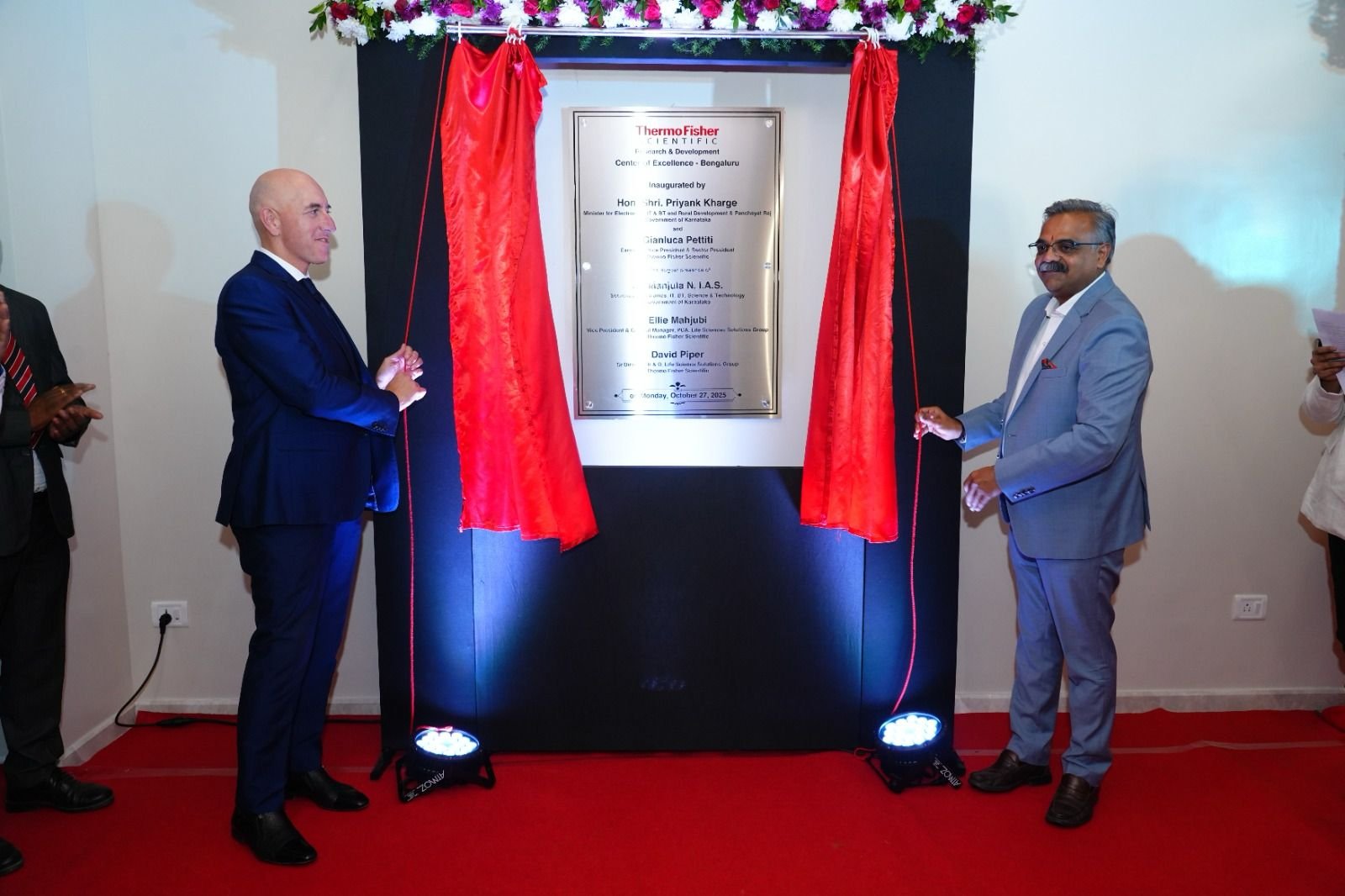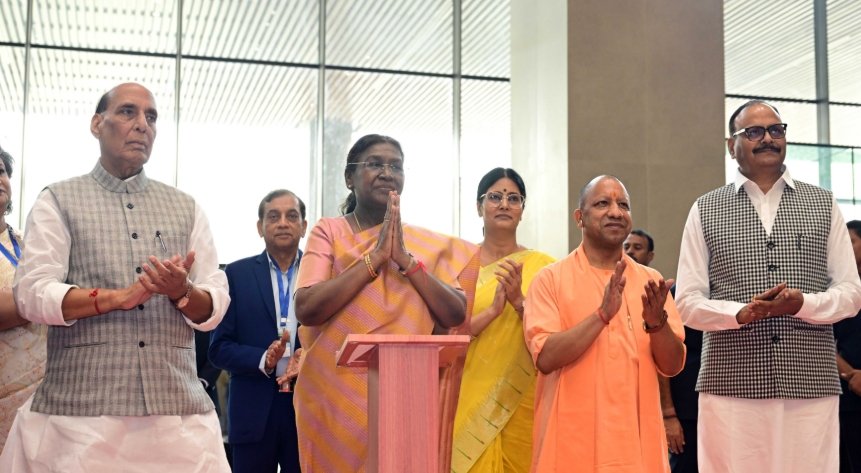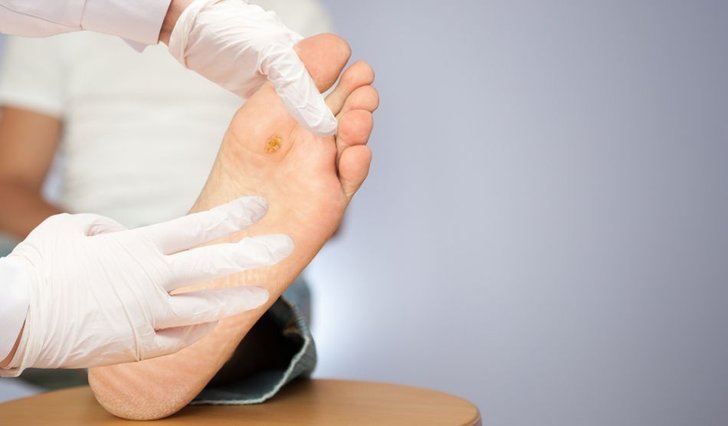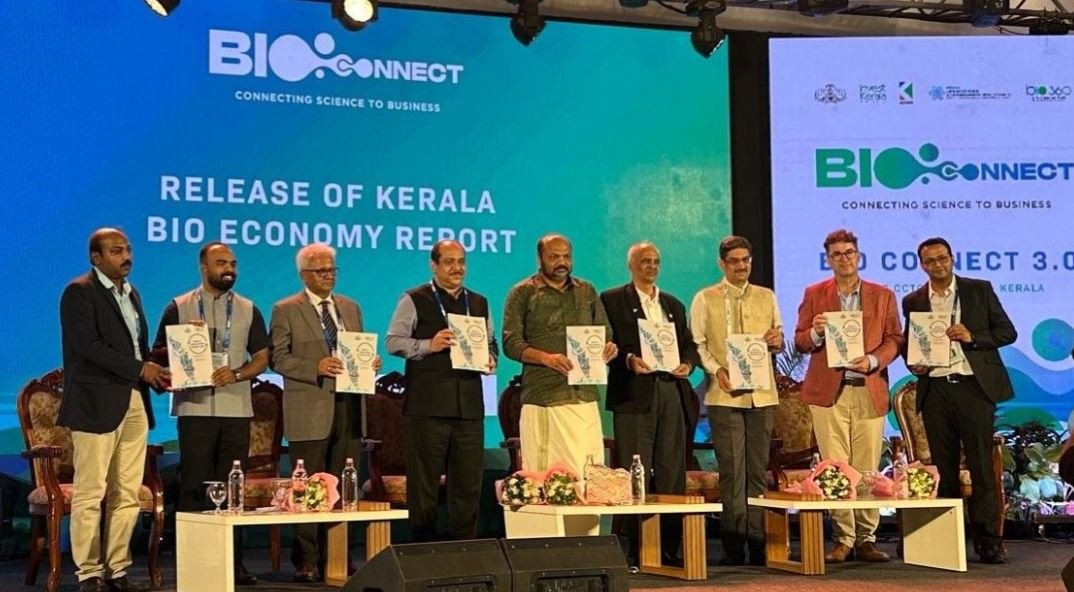Contract research in India: Cost factors and regulatory issues
May 05, 2010 | Wednesday | News
Contract research came to India in the 1990s. A number of key
developments came together around the turn of the century to make it
all possible. First, there was the Indian Patents (Amendment) Act of
2005 that forced Indian pharmaceutical companies to invest in
innovation. This created the initial staffing pool and generated a
local market for research personnel. Then there were the implications
of the process of harmonization of research regulations led by the
International Conference on Harmonization (ICH) since 1990 that spelt
out common regulatory requirements for countries covering 85 percent of
the world's pharmaceutical markets, making it mandatory for regulatory
authorities in these countries to accept research results from anywhere
in the world fulfilled its requirements. And finally there was the
communications revolution that swept the world making real-time
collaboration across geographies a reality.
All this led to significant growth in research activity in the country,
and contract research as an off-shoot. Contract research took on a life
of its own after the year 2000. Companies were set up to provide
services in the drug discovery space with collaborative research
models. Large and small drug development service companies sprung up
all over the place with clinical pharmacology beds, bioanalytical
services, compound scale-up and clinical supplies units, clinical trial
management teams, and data management, biostatistics and medical
writing offerings.
The growth seemed rapid and remarkable, yet its impact on worldwide
pharmaceutical research remained marginal. The world contract research
market is estimated to be worth Rs 1.15 lakh crore ($26 bn) in 2010
while estimates of India's share do not exceed two percent at this
time. Clearly, the potential for India is much greater.
Competition from China
India competes closely with China, and while in the initial years of
globalization of pharmaceutical research it seemed that India had the
advantages such as booming generic formulations industry,
English-speaking workforce and western-style medicine. In recent years,
China has pulled ahead with better infrastructure, more supportive
regulations and incentives, and a much faster growing pharmaceutical
market that demands and gets investments from overseas. The big
pharmaceutical companies have, over the last 10 years, invested much
more heavily in R&D in China than in India. In 2009, we have seen
some large CROs
following suit.
India seems to be losing to China on cost and pricing. With a
reputation for low prices, international sponsors seem to expect
services to cost less in India than in China. On the other hand, costs
are continuously going up, with inflation now into the double digits
while the Rupee seems to be strengthening in contrast to the
artificially weak exchange rate for the Yuan. And payroll costs are
growing at double digits too, with salary increase being higher here
than anywhere else in Asia. Tax and other incentives for contract
research in India fall far short of compensating to these
disadvantages, leave alone matching what other countries in the region
have on offer to attract contract research spending by global sponsors.
Regulatory issues
When one thinks of the state of drug development regulation in India,
it seems almost as if the government is deliberate in throwing the
match away. Animal rights bureaucracy has made it almost impossible for
the country to grow in the area of animal testing despite some easing
in recent years. Yet the length and types of animal studies that need
to be completed to get permission for human trials are much more
demanding in India than anywhere else in the world.
Consequently, if you have discovered a promising new medicine you would
be forced to go abroad to do the first-in-human studies. And it would
be a good thing too, since there is no expertise in bench-to-bedside
translational medicine in the country as a result of a long-existing
ban on phase I studies. When it comes to phase II and III studies, many
innovative biotechs and small entrepreneurs in Europe and the US are
interested in contracting to Indian CROs, since India has an advantages
of patient availability and cost reduction. But our
regulators will not permit it unless at least half the patients are to
be recruited abroad. This beats the very purpose of coming to India.
Yet one cannot blame the regulators for this – the government support
provided to the office of the Drugs Controller General is so poor that
the regulator is heavily dependent on regulatory assessments done by
foreign regulatory bodies and is diffident in approving anything that
has not been reviewed abroad.
Fortunately, Indian entrepreneurship manages to survive. Government
regulation has a much smaller impact on areas such as discovery
research, informatics, and allied services in clinical trials such as
data management, biostatistics, pharmacovigilance and medical writing.
Constraints in these areas mainly relate to the cost, quality and
availability of a qualified workforce.
The future
Institutions in the country that can provide quality education at the
cutting edge of scientific research are very few-but the news that
education will be opened up to international investment provides a
glimmer of hope. The key to a long-term future in these areas depends
on the availability of a large pool of scientific manpower trained in
various disciplines that contribute to the science of drug discovery
and development.
The future of contract pharmaceutical research in India, is related to
other infrastructure facilities available in the country. General
developments such as infrastructure, education, and the economy will
play a key role, as much as more specific issues like the development
of regulation and incentives for medicinal research. We may have to
rejoice in patchy successes in some areas of the domain and reconcile
to mediocrity in others.
Getting to a leading position in drug discovery and development will
require much more than that-a focused national approach and clear
policy directives from the administration. Unfortunately, there are no
positive signals in that direction.
 Dr Shoibal Mukherjee
Dr Shoibal Mukherjee
is senior vice president and heads clinical development, GVK Bio, Hyderabad.









